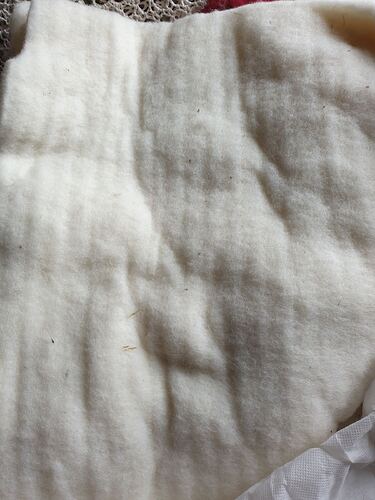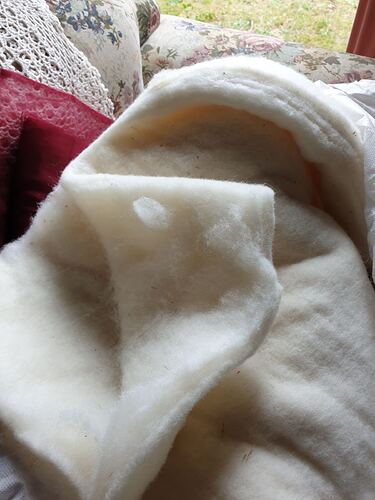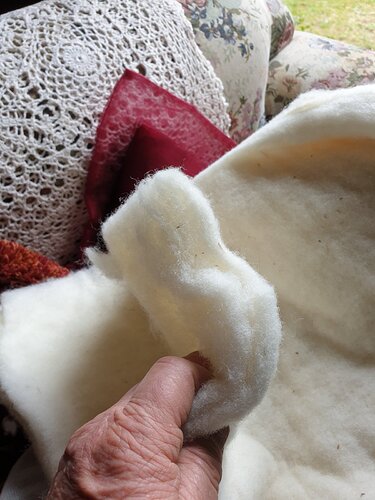Hi Joni, I noticed in your drawing diagram and looking down into your gasifer that the hopper and fire tube is off set in the gasifer barrel. This would make welding the tar gutter in place more difficult. What was the reasoning for this when you built the gasifer unit.
Bob
Hi Bob,
I am engaged in car restoration after an accident (this is how I earn my living) and welding three pieces of iron together is not a problem for me, but based on the difficulties associated with the manufacture of collapsible flanges, their cost and the impact of their presence on the weight of the system, I give priority welding. If all operations and the sequence of their execution are well thought out, then assembling the system is not worth a lot of effort.
Hello Joni,
If I may ask . . . . where have you found it best to locate internally your engine exhaust vapor draw tube?
In the condensate gutter?
All of the upper edge area has the typical black-goo build up. So the outer wall would be unusable.
Yes your ash floor show the need for the heat shielding on the under side of your restriction plate. To protect from grate held char glow.
You cannot use vertical distance to protect.
Thank You
Steve Unruh
Steve,
I think yes, the condensation chute is a good place.
Hi Joni that gives me a very clear cut look of what at least 1 half of your gasifier looks like thank you, very smart indeed 
Dave
Dear Joni,
thanks for sharing your ideas and the cross cut!
Looking at your 8.0 and 9.0 version I wonder that your reduction zone between restriction ring and grate is very small. Especially the measure of H1 is very low (20 - 30 mm on version 8.0)
In older books it seems like oxidation and reduction zone are same size (book from Sweden, around 1970)
http://www.gengas.nu/byggbeskrivningar/smp/kapitel_2.shtml
Kristijan and Jan have tried the other way round: No grate and big reduction zone.
Well, your system works fine for you and theirs for them. But have you ever tried a larger reduction zone? What are your thoughts about the size of the reduction zone?
One question about your filter: You use 10 cm sawdust and then fabric filter of old jeans? And no soot in the engine?
How often do you need to clean or replace the sawdust and fabric filter?
Thank you for your thoughts.
Til
Thank you for your post, love seeing how people put their systems together
Тіl,
as you can see, this is not my first system, yes, I also started with a long recovery zone, but came almost to its absence … There are also many disagreements in the books of the USSR on this topic, whether the zone is needed or not … On my own bitter experience, I made a simple conclusion for myself - needed, but very small. You ask - what about the resin, but I will say that these are things that do not depend on each other. As for the filter, I also wanted to talk, since it was not the last option, but only a trial one. There was no soot in the engine, but there were many other drawbacks. As I said, the main drawback was the high resistance in wet form, and the second was that the fabric quickly collapsed due to the corrosive condensation environment … And later I tested a different design using a bubble filter.
Til, after trying it out for a couple years I’ve come to the conclusion it’s not needed most of the time. The bottom char gets hot enough to be of any use only when running really hard for a long period of time. The char is too spred out to keep the heat in and to be helpful for short power bursts.
Also, it collects ash at shutdown. It takes me up to 20 minutes of driving before it clears up and all the char is clean enough to give me full power. I’ve probably replaced most of it by then and maybe even reached my destination ![]()
Joni , Have you considered trying a oil bath filter ? i would still be looking at a pure woolen filter made to stretch over a frame almost like a tent that would drip dry as its being used i bet .
Dave
The main criterion for the quality of gas for a wood-burning generator, in my opinion, is the transparent and invisible gas at the entrance to the mixer. Denim suited me according to this criterion, but there is no sheep wool fabric (the weaving of threads is large enough, which leaves large holes for gas), it is also unsuccessful to use fiberglass. In general, either the fabrics are very dense or vice versa …
JO; I don’t have time to look up your drawing ( you know how busy I am  ). I know, (I think) you don’t have a grate, but doesn’t your fire tube extend down below the restriction to give a “reduction” zone? The bottom of the ash hopper, doesn’t that act like kind of a grate in that it holds the coals up in the “reduction” zone?? TomC
). I know, (I think) you don’t have a grate, but doesn’t your fire tube extend down below the restriction to give a “reduction” zone? The bottom of the ash hopper, doesn’t that act like kind of a grate in that it holds the coals up in the “reduction” zone?? TomC
Yes, you pictured it perfectly.
Joni,
If I can get some thick wool fabric I want to try it for filtering. I understand that wool does not absorb water like cotton and therefore will not create the resistance to gas flow that wet cotton does.
Dear Joni, dear Jan,
thank you for your answer. As always there is a learning curve of own experience behind a good working system.
Thanks again for sharing it with us!
TomC,
Ha! In fact, many people think like you, but I ask them a counter question “why is the gas burning and the car is driving on a freshly cleaned ash pan?” if the ash pan is empty and the operation of the motor has not changed, then the question of unnecessary zones and details becomes obvious … 

Steve,
I dare say that finding woolen fabrics that meet our needs is not worth the effort, and using it will not bring you the expected results.
Joni’ In my case, I use a grate. It holds the char up in the reduction zone. The volume below the grate to the bottom of the ash pit is just to catch the “slip” char off or through the grate. In theory, the char should sit in the reduction zone until all of the C is gone and only a fine ash remains. Unfortunately, I have always had some char that as it gets small, falls off the edge of the grate or goes through with the gases and falls to the bottom of the ash pit. TomC
Joni,
Just saying if you want a cloth filter for damp gas, I think wool is probably a better choice than cotton. It can also tolerate more heat.
Well i think the problem that Joni is seeing with my suggestion of using wool is that he is thinking of a woolen knitted jumper and how easily it would be for everything to pass through that , but i am not talking about knitted material at all , the wool that i use is still in its raw state and just been carded and so looks like fiber matting it has yet to be spun and makes a fantastic filter here is a photo of my wool
Dave


